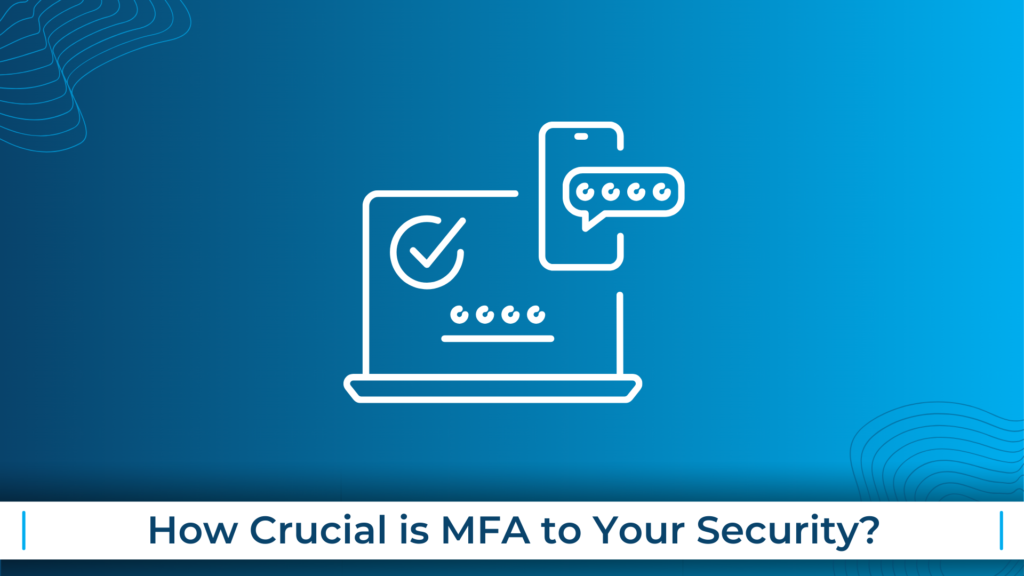
How Crucial is MFA to Your Security?
In an era where cyber threats are more sophisticated than ever, with phishing attacks at their hardest to spot and AI at the forefront of cybercrime. There exists one method that can trump even the most sophisticated of attacks. And it’s not some expensive advanced anti-virus or a team of genius technicians. No, this method is simply just multi-factor authentication, or MFA / 2FA for short.
Multi-Factor Authentication (MFA) is a security method that requires users to provide two or more forms of identification before accessing an account or system. It adds an extra layer of protection beyond passwords, typically involving something the user knows (like a password) and something the user has (like a mobile device or security token).
MFA enhances security by reducing the risk of unauthorized access, even if one of the factors is compromised.
What types of MFA are there?
There are 3 main types of multi-factor authentication, some which you likely use on a day-to-day basis.
-
SMS Based Multi-Factor Authentication
In SMS-based MFA, users receive a one-time authentication code via text message on their registered mobile device after entering their password.
They then enter this code along with their password to complete the login process. While widely used, it’s worth noting that SMS-based MFA has some security concerns, as SIM card swapping and phishing attacks can potentially intercept the codes.
-
Time Based One-time Passwords
TOTP generates a unique numeric code that changes at regular intervals, typically every 30 seconds. Users install an authenticator app on their mobile device, which syncs with the service they’re trying to access. The app generates a new code every time the user needs to authenticate.
TOTP is considered more secure than SMS-based methods because it isn’t as vulnerable to certain types of attacks.
-
Biometric Authentication
Biometric MFA involves using unique physical or behavioural characteristics for authentication. Common examples include fingerprint scans, facial recognition, or iris scans.
Users’ biometric data serves as the second factor, and they need to provide this alongside a password or another form of identification. Biometric MFA adds a layer of security by requiring something the user is, in addition to something they know or have.
But how does this benefit you?
What makes MFA is great is that it eliminates any chance of someone else accessing your account without it having to go through you. This means that if someone does guess your password you’ll be safe as not only will you be notified, you will also have to confirm that it is you trying to log in.
If you, like many people (whether they like to admit it or not) use the same password across multiple devices, you’ll be safe if a hacker accesses one account and attempts to log into another.
What do I do if I get an MFA request and it wasn’t me?
The answer is simple, simply ignore the request, as the attacker will be unable to access your account without access to your 2nd form of verification too. Then it is crucial that you change your password, try one of the automatically generated passwords. Chrome, edge and most browsers along with external password management applications will provide you with a strong password.
To check how strong your password is, head here and see how long an AI would take to guess your password – Password Strength Meter
If you’re looking to set up MFA for you staff or want to learn more, head to our website and see how we could benefit your business – Multi Factor Authentication – Genmar IT

Comments are closed.